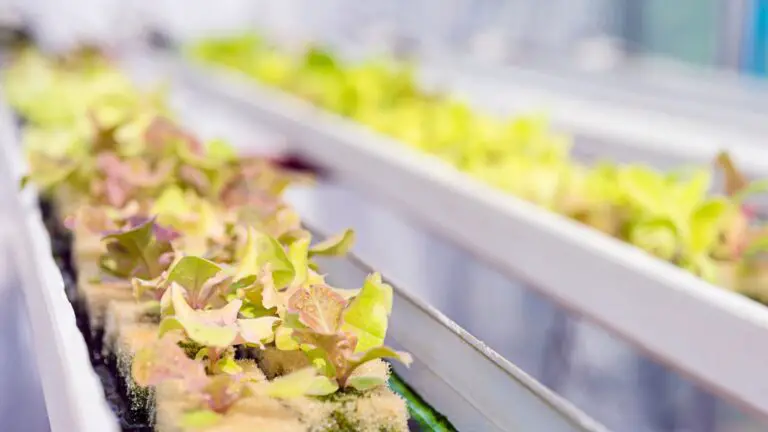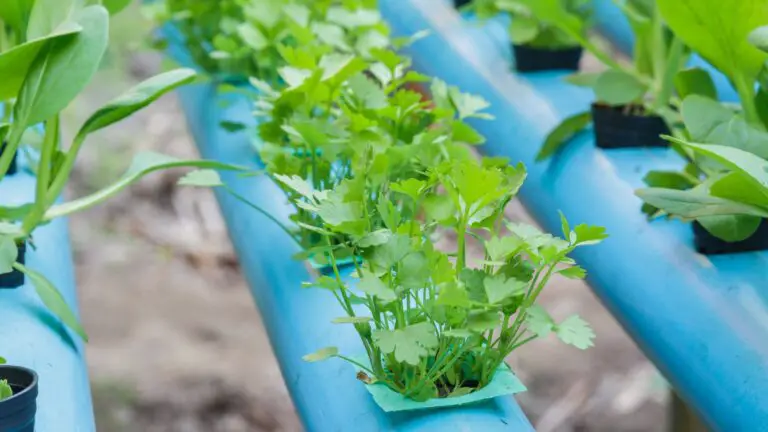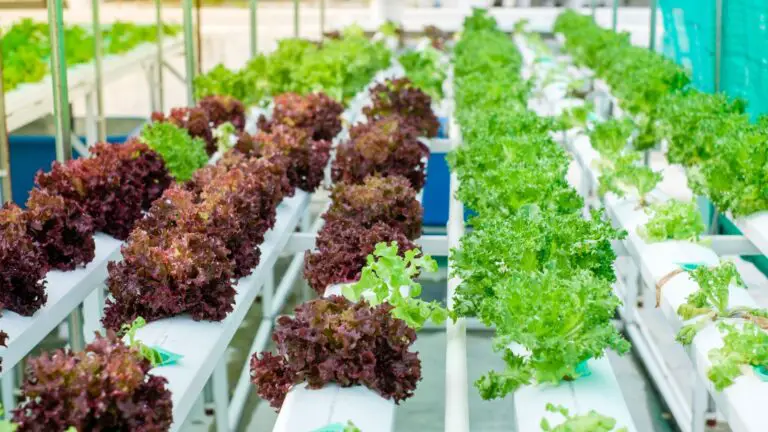How to Treat and Use rainwater in Hydroponics?
Disclosure: Your purchases through our links may earn us a small commission, supporting our site’s ability to provide valuable information to our readers. Rest assured, it won’t impact your price. Thank you for your support.
Hydroponics is the process of growing plants in water instead of soil. This can be done using either a soil-less mix, growing mediums or no medium. Many gardeners are looking for ways to be more sustainable and save money. One way to do this is to use rainwater in your hydroponic system.
For many gardeners, rainwater is the best source of water for their plants. It’s free, it’s all-natural, and it’s usually pretty clean. Rainwater is often lauded as the best type of water for plants because it is naturally soft and free of chemicals like chlorine. Additionally, rainwater contains essential minerals like magnesium and calcium that can help promote plant health.
However, if you want to use rainwater in your hydroponic system, there are a few things you need to do to it. This blog post will show you how to properly treat rainwater in your hydroponic system.
How to Collect Rainwater for Your Garden
The first thing you need to do is collect the rainwater. If you have a storage container or barrels such as a 55-gallon, 53-gallon or 100-gallon drum set up outside, that’s great. If not, any clean container will work. You can also purchase a rain barrel specifically for collecting rainwater. These barrels usually come with a spigot or tap, filling your reservoir easily without lifting the heavy barrel.
Just ensure the containers are large enough to catch enough water for your needs and placed in an area where they will not be contaminated by runoff from roads or lawns. Also, it’s essential to ensure that your container is clean and free from contaminants before collecting rainwater. Be sure to place mosquito netting over the containers which are specially made for rain barrels to prevent debris or pests.
Collection containers are dark or buried to stop algae growth from exposure to light.
Once your container is set up, let the rain fall into it until it’s full. Once the container is full, cover it with a lid or something similar so that debris and contaminants don’t get into the water.
Now that you have collected your rainwater and treat it for use in your hydroponic system.
How to Test Your Rain Water
Because rainwater can vary in quality depending on the location, it’s important to test the pH and electrical conductivity (EC) before using it in your system. You can do this with a simpletest kit (which you can find at any gardening store) or digital meters to measure pH and EC. If the pH levels are too high or too low, you’ll need to adjust them before using the water in your system.
Most plants prefer water with a pH between 5.5 and 6.5, so if your rainwater tests outside of that range, you may need to adjust it before using it.
Additionally, you’ll want to test for the EC value which should be between the appropriate range for plants.
Once the pH and EC levels are where they need to be, you’re ready to add the rainwater to your hydroponic system! Just add it to your reservoir like any other type of water.
You can then use a hose or pump to transfer the water into your hydroponic reservoir.
How to Store Your Rain Water
If you have collected more rainwater than you need for your current watering needs, don’t worry – it can be stored for future use! Transfer the extra rainwater into clean containers and store them in a cool, dark place until you’re ready to use them.
Be sure to label the containers with the date collected and the date that they need to be used so that you don’t accidentally use outdated water on your plants.
How Do You Remove Heavy Metals, Bacteria, and Viruses in Rainwater Before Using It in Hydroponics?
One concern that many gardeners have is whether or not they need to remove heavy metals, bacteria, and viruses from rainwater before using it in their hydroponic gardens. The short answer is yes, eliminating these contaminants from rainwater is important before using them for Hydroponics. In this blog post, we will discuss why it is important to remove these contaminants and how to do so effectively.
Heavy Metals in Rainwater
Heavy metals are found naturally in the environment and can be introduced into the water supply through human activities such as industrial waste drainage and mining. While some heavy metals are essential for plant growth, others can be toxic at high levels. For example, iron and manganese are crucial micronutrients for plants but can become toxic at high levels. Lead and mercury are non-essential heavy metals that can be toxic to plants, even at low levels.
It is important to test your rainwater for heavy metals before using it for Hydroponics and take steps to remove any contaminants that are found. You can do this by installing a rainwater filter system to remove heavy metals from the water. There are a number of different types of filters available on the market, so it is important to do your research before purchasing one.
Bacteria and Viruses in Rainwater
Another concern when using rainwater for Hydroponics is the presence of bacteria and viruses. While most bacteria are not harmful to plants, some can cause disease. In addition, many viruses are specific to plants and can cause serious harm to your crops.
The best way to disinfect rainwater is by boiling it or adding chlorine bleach. Both of these methods will kill bacteria and viruses present in the water. It is important to follow the instructions on the bleach container carefully, as adding too much bleach can damage your plants.
How do you remove them?
EPA officials have said there is always a potential for metals, bacteria, and viruses to be found in rainwater. As a result, the EPA recommends that gardeners follow steps to remove contaminants before using rainwater in their hydroponic systems. Read the following useful resources from Environmental Protection Agency.
Rainwater Harvesting Practices
Rainwater Harvesting Conservation, Credit, Codes, and Cost Literature Review and Case Studies
Green Stormwater Solutions for Congregations
Rainwater is a great resource for gardeners, but it is important to ensure it is free of contaminants before using it in a hydroponic garden. Heavy metals, bacteria, and viruses can all potentially harm your crops, so it is important to take steps to remove them before using rainwater for Hydroponics. Following the relevant municipal authority’s guidelines, your rainwater is safe to use in your hydroponic system, and your plants stay healthy and vibrant all season long!
Conclusion
Rainwater is an excellent option for watering your plants, but it’s important to take extra steps to ensure that it’s properly collected and stored. If you have the opportunity to collect rainwater, it’s worth doing so—your plants will thank you for it!
By testing the quality of the rainwater before using it, you can ensure that you are providing your plants with the best possible growing environment.
Thank you for reading!
Also, read:
Why You Should Consider Outdoor Hydroponic Growing
4 Common Types of Outdoor Hydroponic Systems
How Often to Water Your Plants With the Kratky Method?
How to Grow Kratky Method Plants: A Passive Hydroponic System




